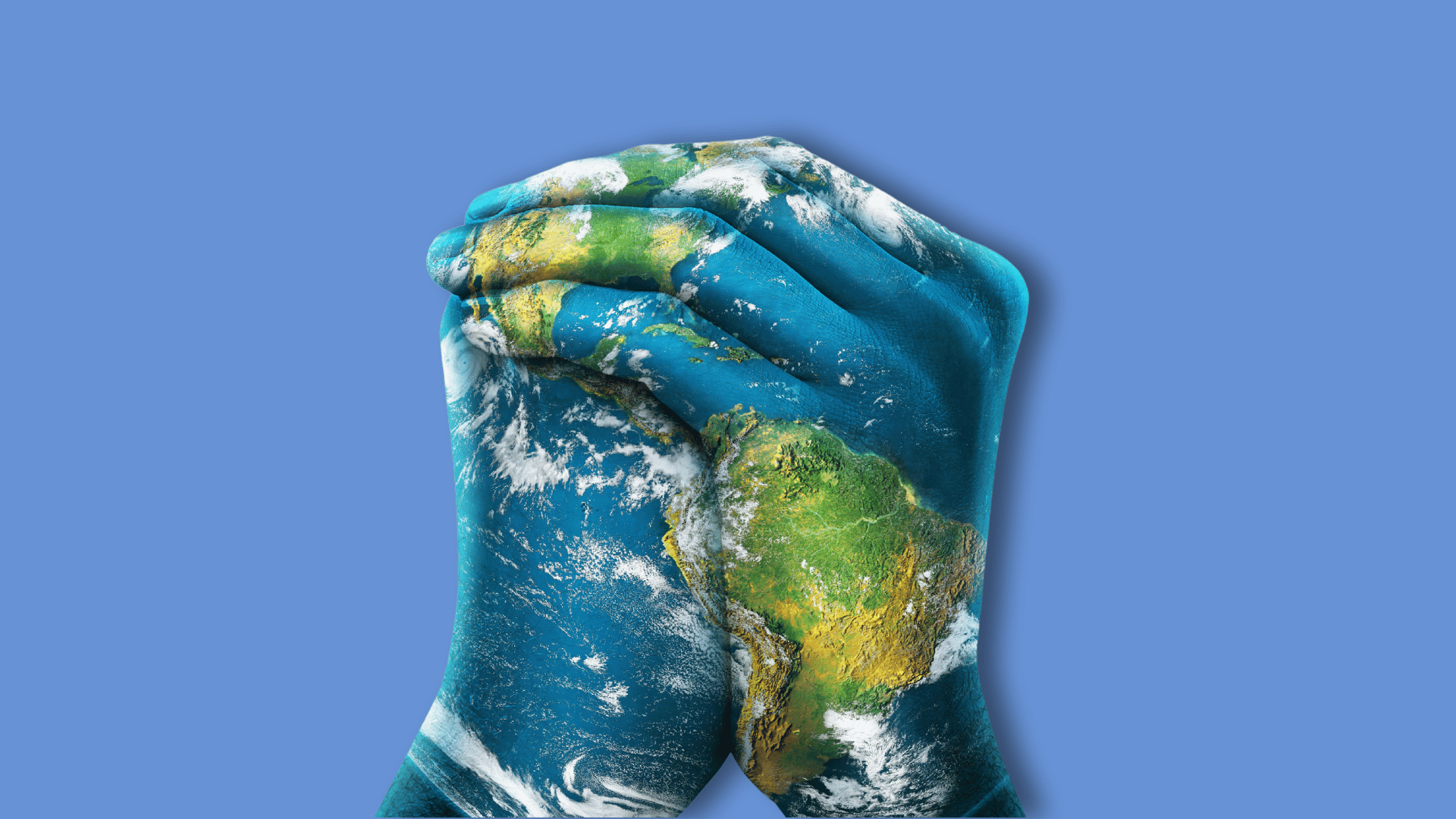
The shocking 2021 IPCC report on the climate emergency makes clearer than ever that many human systems are in dire need of significant change. Today’s harsh growth-oriented economic systems are particularly implicated in the growing chorus of demands for purposeful system transformation towards a flourishing world for all. Significant systemic transformation is needed to bring human activities in line with both social and planetary boundaries now being breached. That means that the way we think about economics, how our businesses operate, and even how communities and whole societies operate likely need to change – and radically.
But transforming such whole systems – economies, societies, communities, even organizations – is incredibly hard. Transformation inherently involves fundamental changes to core aspects of a given system. Things like purposes, values, goals, important assessment metrics, and even the mindsets or paradigms of people in the system must change, whether the system to be transformed is an organization, economy, or society. Our research suggests that a new type of entity – transformation catalysts – may be able to help.
What is a transformation catalyst?
A chemical catalyst brings about a chemical reaction without necessarily changing itself. Used in a social sense, a catalyst is a person or thing that makes something new happen or precipitates change. In the spirit of any catalyst, a transformation catalyst works with the mix of different efforts and activities that already exist and that are geared towards significantly changing a system – transformation. When this mix of change efforts, which is usually fragmented with different activities operating in separate silos, is organized, it can become a transformation system. Organized as a transformation system, these activities can be much more effective at producing desired change.
The transformation catalyst’s role is to bring together an array of efforts so that together they can emerge or develop new ways to do their work more effectively – that is, operationalize the transformation system.
We like to say that transformation catalysts connect, cohere, and amplify transformation efforts that are already underway. Four catalytic actions make this coherence and amplification of efforts possible: seeing, sensemaking, connecting, and radical action and learning.
The four catalytic actions
Seeing means helping change agents figure out what their emerging transformation system is all about and who is doing what, where, and how. Seeing involves various forms of stakeholder analysis – figuring out who is in the system, which can use a variety of approaches, including interviews and mapping tools to identify key participants, resources, and system dynamics. Doing so helps participants identify where gaps and possibilities exist to create more effective action.
Sensemaking means creating a shared and coherent vision among various participants to, quite literally, make new sense of their actions and system, and tell new stories about it. These new, more powerful framings can have broad appeal to draw in other participants, raise funds, and create energy moving forward. Sensemaking also means helping participants understand how to pull together into a coherent transformation system so they can act in new ways to take more effective action.
Connecting is the process by which actors learn about each other and begin to devise new ways of acting more coherently together. Connecting involves aggregating, cohering, and, ultimately, amplifying efforts that may already be underway, but have not been as effective as desired to date. Connecting can mean creating a shared set of aspirations and identity and awareness of their own efforts as part of a broader transformation system. Then they can learn from those actions – the radical action and learning process.
Radical action and learning needs a safe space, so that participants in a transformation system can question, explore, analyze assumptions, and experiment with new ways of doing things that are transformative. Experimentation is crucial, since transformation is unpredictable by its very nature. Mistakes will be made, and things will not always work out as planned. Sometimes creating prototypes can be helpful, too, as a kind of testing ground for further action.
Catalyzing change through 1000 landscapes for 1 Billion people
One example that we describe in our paper is that of 1000 Landscapes for 1 Billion People. 1000 Landscapes is an initiative creating sustainable solutions by recognizing that long-term sustainability means emerging a shared foundation of land and water resources for all.
In its early stages, 1000 Landscapes consulted with more than two dozen landscape partnerships globally to figure out who was doing what (seeing). They identified what the barriers were to managing landscapes in new ways were (sensemaking).
1000 Landscapes is now building collaborative capacity for holistic landscape management in many different places, starting with an initial group of 20 and growing the number over time (connecting). Holistic land management means, as the initiative states on its website, “integrating action for food, water and health security, sustainable livelihoods, biodiversity conservation, climate action, and the transition to inclusive green economies” (sensemaking).
1000 Landscapes plans to expand to 50 areas in its second phase (amplifying). Its goal is reaching at least 1000 landscapes “meeting locally defined development and environmental goals, with benefits for over one billion people” by 2030 (amplifying and radical action). 1000 Landscapes even uses the language of catalysis to describe its work: “working in radical collaborations with dozens of organizations to catalyze system change”. It thereby “unlock[s] the transformative potential of inclusive landscape partnerships and to scale their impact”.
The mantra for transformation catalysts
The key to understanding transformation catalysts is knowing that they themselves are not doing the actual transformation work. Instead, they are helping to organize other change agents who are already doing that work in new ways so that they can become more effective. Indeed, they are helping them to become effective transformation systems with the potential to overcome the many inertial forces that hold systems in place.
Small, fragmented, individual efforts cannot achieve that type of scale impact. But the potential that transformation catalysts bring is the ability to bring those actors together in new ways. They can help change agents see and understand new, radical possibilities for transformative change if they can act coherently together. Then they can amplify their own efforts by figuring out where the gaps in their transformation efforts are, filling those, sharing resources when appropriate, and acting more effectively.
Connect, cohere, and amplify. That is the mantra for transformation catalysts.
Further readings
- Waddock, S., and S. Waddell (2021). Transformation Catalysts: Weaving Transformational Change for a Flourishing World for All. Cadmus, 4(4), 165-182.
- Lee, J.Y. and S. Waddock (2021). How Transformation Catalysts Take Catalytic Action. Sustainability, 13(17), 9813.

Sandra Waddock is Galligan Chair of Strategy, Carroll School Scholar of Corporate Responsibility, and Professor of Management at Boston College’s Carroll School of Management.

Steve Waddell is founder and co-lead steward of Bounce Beyond, a transformation catalyst oriented to changing towards transforming towards next economies.
